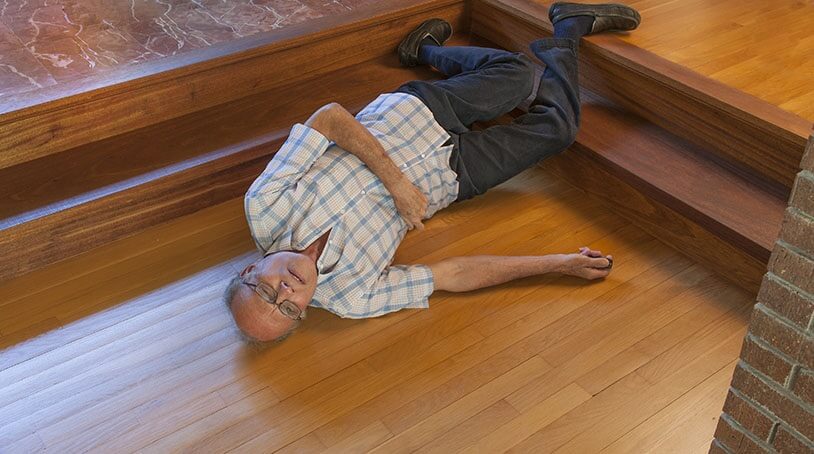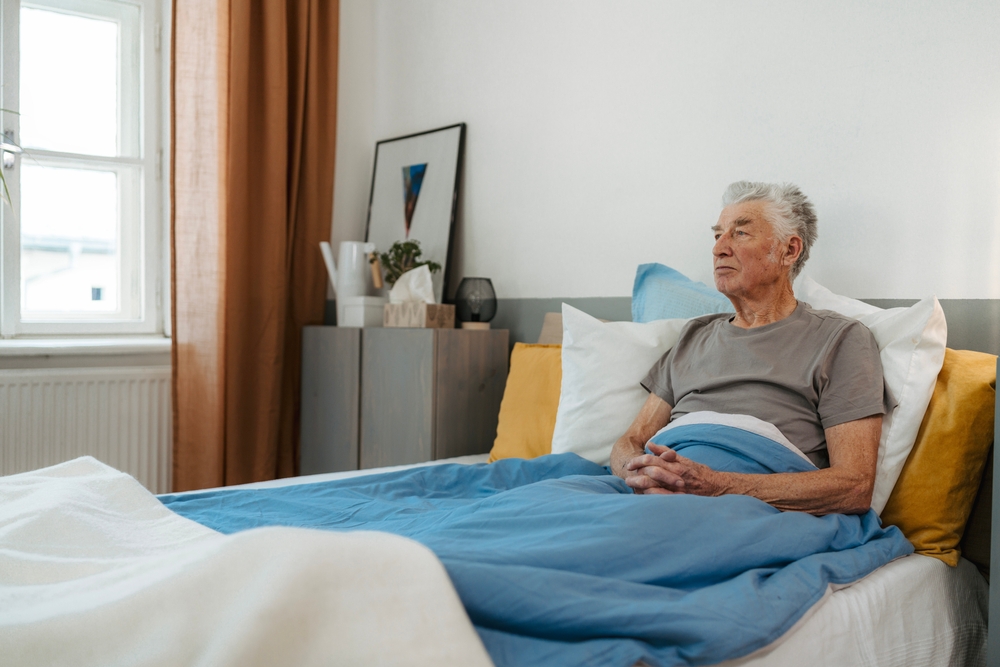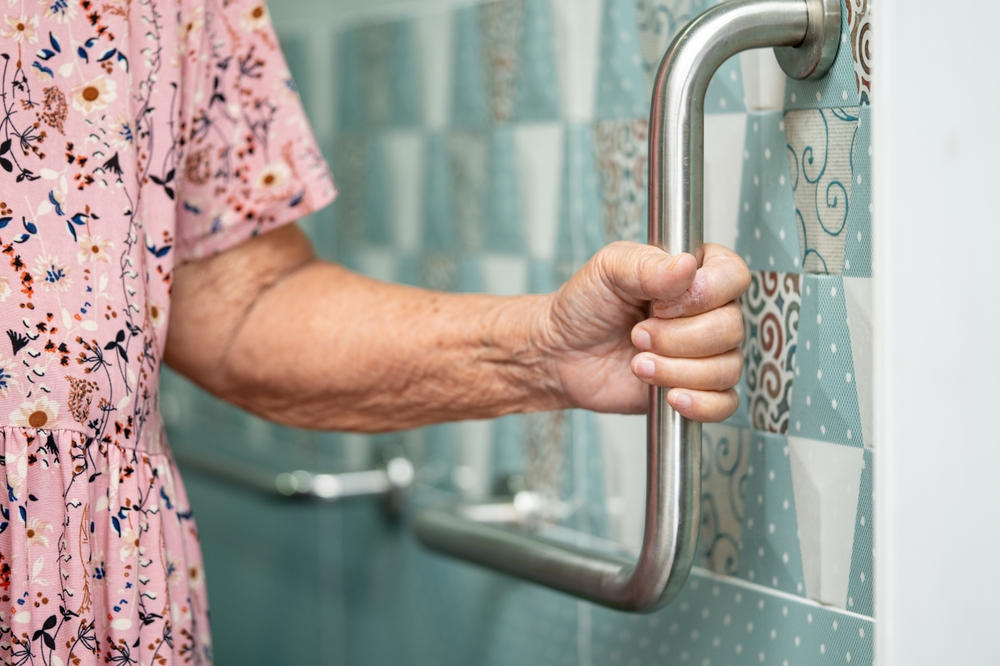As our loved ones age, ensuring their safety and comfort at home becomes a top priority. One way to achieve this is through a well-thought-out senior-friendly home design. This involves making modifications to the home environment to accommodate the changing needs of seniors, allowing them to age in place safely and comfortably.
In this article, we will explore the key elements of a senior-friendly home design, providing practical tips and insights to help you create a safe and accessible living space for your aging loved ones.

Why is Senior-Friendly Home Design Important?
The goal of senior-friendly home design is to minimize the risk of falls and other accidents while promoting independence and quality of life for seniors. According to the CDC, falls are the leading cause of injury among older adults, making it crucial to address potential hazards in the home.
By implementing a senior-friendly home design, you can create a living environment that promotes safety, accessibility, and ease of use. This not only benefits the senior but also provides peace of mind for family caregivers.
Key Elements of Senior-Friendly Home Design
1. Eliminate Tripping Hazards
One of the first steps in creating a senior-friendly home design is to identify and eliminate tripping hazards. This includes securing loose rugs, removing clutter, and ensuring that walkways are clear and unobstructed.
Consider using non-slip mats in areas prone to moisture, such as the bathroom and kitchen, to prevent slips and falls.
2. Improve Lighting
Proper lighting is essential in a senior-friendly home design. Ensure that all rooms are well-lit, and consider installing additional lighting in hallways, staircases, and other areas where visibility may be reduced.
Motion-sensor lights can be a great addition to reduce the risk of falls during nighttime trips to the bathroom or kitchen. Learn more about the benefits of motion sensors in senior homes.
3. Accessibility Modifications
Making a home accessible is a critical aspect of senior-friendly home design. Install grab bars in the bathroom, use lever-style door handles, and ensure that doorways are wide enough to accommodate walkers or wheelchairs.
Consider installing ramps or stairlifts for multi-level homes to ensure safe and easy access to all areas of the house.
4. Bathroom Safety
Bathrooms are one of the most hazardous areas in a home for seniors. As part of a senior-friendly home design, install grab bars near the toilet and shower, use a shower chair, and consider a walk-in bathtub to reduce the risk of falls.
Non-slip mats and handheld showerheads can also improve safety and convenience for seniors.
5. Kitchen Modifications
The kitchen is another area where senior-friendly home design can make a significant difference. Ensure that frequently used items are within easy reach and consider installing pull-out shelves for easier access to lower cabinets.
Stove safety knobs and easy-to-read appliance controls can also enhance safety and usability.
6. Bedroom Safety
Incorporate senior-friendly home design principles in the bedroom by ensuring that the bed is at a comfortable height and easy to get in and out of. Nightlights and bedside lamps can provide adequate lighting for nighttime trips.
Consider using bed rails for added safety and stability.
7. Smart Home Technology
Integrating smart home technology can enhance a senior-friendly home design. Devices such as smart doorbells, security cameras, and voice-activated assistants can provide added security and convenience for seniors.
Learn more about the benefits of wearable fall detection devices for seniors living alone.
Incorporating Senior-Friendly Design in Different Rooms
Living Room
Ensure that furniture is arranged to allow for easy movement and that seating is comfortable and supportive. Avoid sharp corners and edges, and consider using furniture with rounded edges.
Hallways and Staircases
Install handrails on both sides of staircases and ensure that hallways are well-lit. Consider using contrasting colors for steps and handrails to improve visibility.
Outdoor Areas
As part of a senior-friendly home design, ensure that outdoor paths and walkways are even and free of obstacles. Install railings on steps and use non-slip surfaces to prevent falls.
FAQs
What is a senior-friendly home design?
A senior-friendly home design involves making modifications to a home to accommodate the needs of seniors, focusing on safety, accessibility, and ease of use.
How can I make my bathroom safer for seniors?
To make a bathroom safer for seniors, install grab bars, use non-slip mats, consider a walk-in bathtub, and ensure adequate lighting.
What are some benefits of smart home technology for seniors?
Smart home technology can enhance safety and convenience for seniors by providing security features, voice-activated assistance, and fall detection capabilities.

Conclusion
Creating a senior-friendly home design is an essential step in ensuring the safety and well-being of aging loved ones. By making thoughtful modifications and incorporating modern technology, you can create a comfortable and secure environment that allows seniors to age in place with dignity and independence.
For more tips on enhancing home safety for seniors, explore the benefits of Tai Chi for balance and fall prevention.
This article contains affiliate links. We may earn a commission at no extra cost to you.






